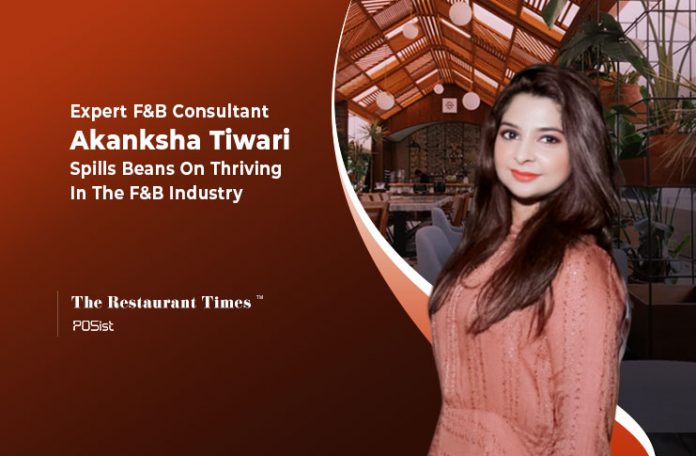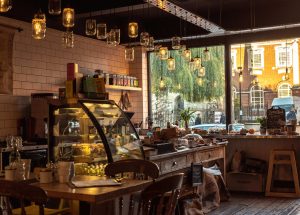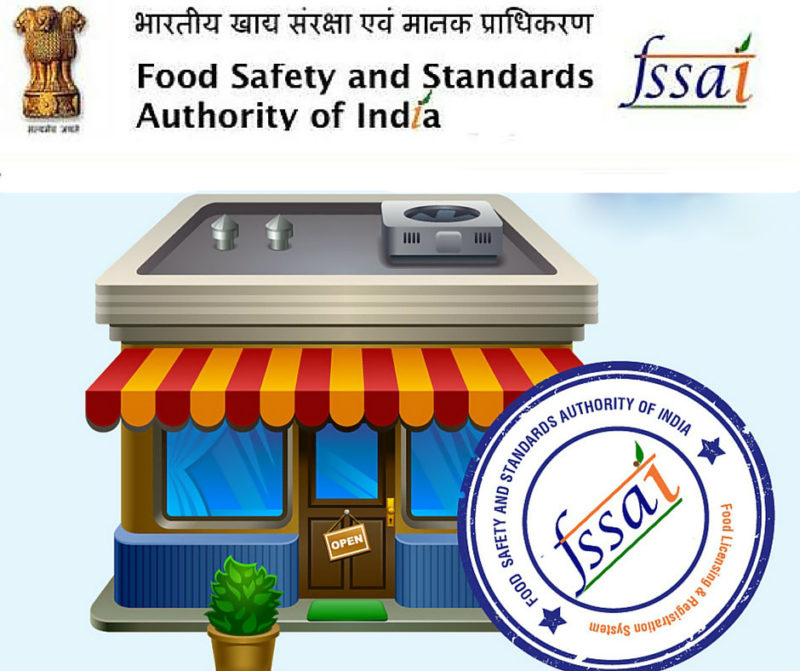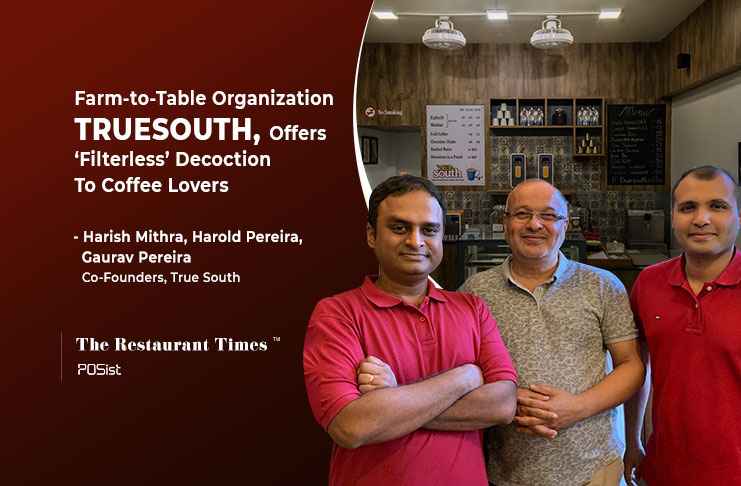In a tête-à-tête with, Posist, Akanksha Tiwari, a culinary expert, and an F&B consultant talks about her passion for the F&B industry. With an experience of more than 7 years, she started her career with a film production house but fortuitously entered the F&B industry. She started her career by training under the tutelage of culinary stalwart, Celebrity Chef Abhijit Saha, Father of Molecular Gastronomy. From cuisine to operations, she learnt everything under Chef Abhijit Saha. This became Akanksha’s passion and prodded her to be involved in the F&B industry and since 2014 there has been no looking back. Currently, she works with One Point Management & Consulting.
In Conversation With Akanksha Tiwari of One Point Management & Consulting
In an exclusive conversation with The Restaurant Times, Akanksha Tiwari talks of her journey in the industry, trending restaurant formats and food concepts in 2020, and a lot more.
Trending Restaurant Formats and Food Concepts to Look Out For in 2020
The amount and intensity of new restaurant formats popping up because of changing consumers’ appetites, is unprecedented in the foodservice industry.
According to Tiwari, a café setup and cloud kitchen formats are trending the most in the F&B industry. Some of the advantages which Tiwari mentions about the same are:
- Lesser Investment: The F&B industry is known for its high operational costs. In a cloud-kitchen, the expenses are limited to cooking. According to the industry estimates, restaurant rentals account for 10% of the overall monthly costs. Also, the culture of going to restaurants is slowly fading away. The cloud-kitchen model allows the restaurant to bypass expensive real estate costs and focus more on the food. For a cafe setup, the investment is lesser as compared to a fine-dine restaurant.
- Higher ROI: The margin of profit in the case of the cloud kitchen is comparatively higher than the traditional restaurants. Datalabs by Inc42 conducted a survey that found that the annual approximate setup expense for starting a restaurant in India is 3.05x that of a cloud kitchen, which accounts for a major part of the operational costs. On the other hand, a cafe set up offering an affordable menu attracts a lot of consumers.
The restaurant industry has experienced a major transformation. According to Tiwari, these are some food concepts that have the potential to increase a restaurant’s sales and boost their bottom line:
- Healthy Cafes/Bowls: These cafes are a welcome change. There is an increasing number of health-conscious customers that are now looking for creative and wide-ranging options in the healthy fare. With rising disposable incomes of millennials and their growing desire to follow an active lifestyle, the restaurant industry has been majorly influenced by these healthy cafes and healthy meal bowls. Nowadays, Cafes and bistros are offering more gluten-free, sugar, and dairy-free items and vegetarian or non- vegetarian salads, than ever before.
- Indian Fusion Food: With patrons traveling extensively around the world, they have developed a palate that is inquisitive enough to explore beyond the ordinary. Indian fusion food involves the coming together of distinct flavors, textures, tastes, and odors that either are in contradiction to each other or complement each other. This has gained immense popularity in India, adds Tiwari.
Measures to Control High Food Cost
The cost of food is one of the most significant operating expenses for a restaurant business. With perishable ingredients and wavering sales, managing food costs in restaurants can be extremely challenging. According to Tiwari, the top priority of a restaurant is maintaining profitability, for which controlling food costs is important. Here are some measures:
- Monitoring Inventory: The complement to verifying food usage is examining inventory against what the books show you should have on hand. The difference between the actual physical stock and ideal stock helps one to identify the wastage happening at the restaurant. Tiwari mentions that for high-cost ingredients, monitoring the input and output level is essential to avoid over-ordering or under-ordering and eventually, controlling costs.
- Wastage Control: Analyzing stock requirements on the basis of demand-based production helps in optimizing cost. One should employ a back house software to measure the exact amount of raw materials required to prepare a particular dish. This helps in reducing wastage and in turn, keeping a check on costs. Once you start mapping these parameters, you can take restorative actions based on the results.
- Maximize Use of Technology: Automation is the key to the successful management of a restaurant. Be it billing, monitoring inventory, controlling costs, employing POS software helps in automating the entire process. Along with the regular operations of a restaurant, a POS system can create profit and loss statements and sales tax. The most important thing it can do is monitor your costs. The POS allows you to calculate what the ideal cost is and compare it with the original cost. If the food cost percentage is too high, one can find out what is going wrong and take action.
Digital Disruption in The F&B Industry
Digital transformation in the F&B industry is forcing restaurants to digitize their business models and adapt to the new market reality. In the F&B industry, most people tend to be on the creative side.
Since patrons, particularly millennials and Gen Z, are especially tech-savvy, there is a growing expectation that restaurants must embrace new technologies to offer better in-store and online experiences.
“Your menu must be clear, compact and uniform. It is one of the first things a guest sees on your website, and it conveys a message about who you are, what you do and how you do it,” says Tiwari.
The most significant benefit of having a digitized menu is improved revenues. Restaurants that have digitized menus record higher sales. In the digital age, restaurants that fail to adopt innovative technologies are at a significant risk of sinking behind their competitors, and no industry is free from this notion. Creative Digital awareness, Consistency in food, Competitive price, and the ambience are some factors to be kept in mind while building the perfect place for your target audience.
While concluding, Tiwari mentions that the food and beverage industry drives people to be involved in it at all levels. Her passion for the industry has always been a driving force for being part of it. Her clients keep inspiring her to learn more and grow every day!



















